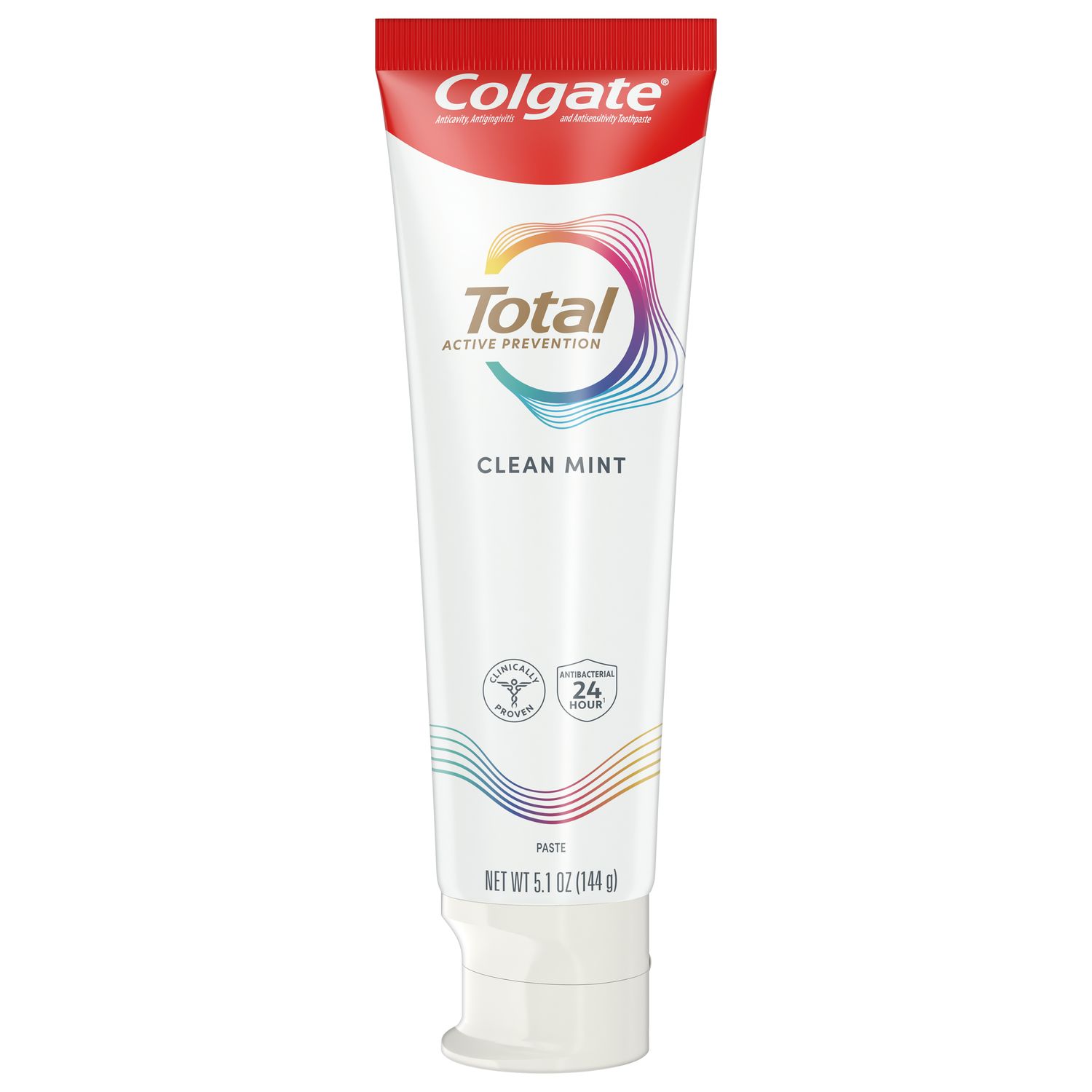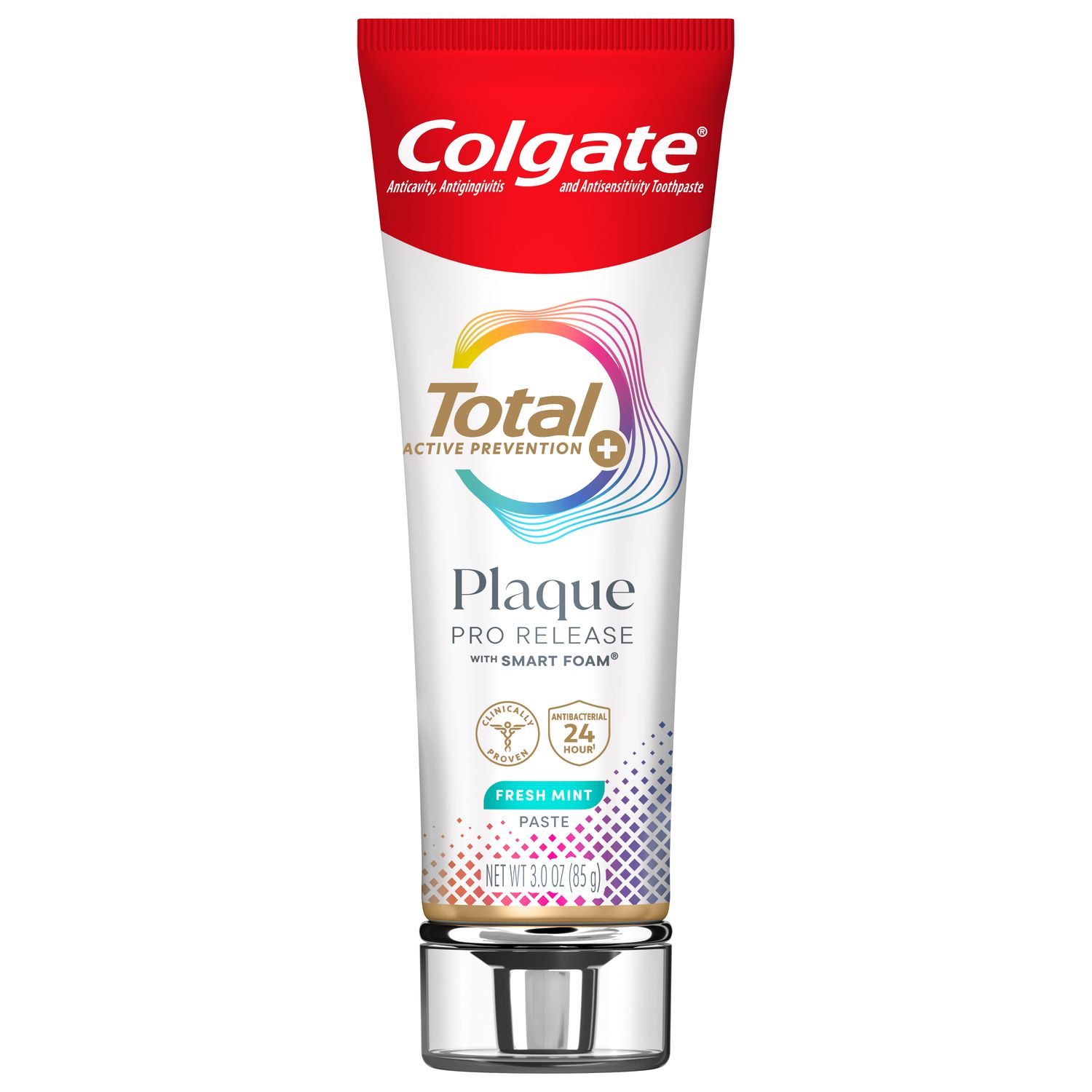
Throughout your dental career, impressing upon your patients the importance of consistent oral home care will be both a priority and a challenge. With the symptoms of periodontal disease taking weeks, or potentially months or even years to show, patients can be blind to the consequences of lax hygiene habits until the condition has advanced significantly. In this article, we’ll discuss the progression of periodontal disease and how you can effectively communicate to your patients about the importance of oral care at home.
Periodontal disease
Periodontal tissues are able to cope with a certain degree of bacterial exposure. However, biofilm accumulation can trigger a series of immune reactions and inflammatory disease that leads to the progressive destruction of the periodontal tissues. Progressive destruction may or may not occur, and occur to varying degrees, depending on the host response. Your patient may be surprised to know that this process can begin in a matter of days.
Stage 1: Initial Lesion
After just 2-4 days of biofilm accumulation, an initial lesion begins to form. The tiny blood vessels next to the junctional epithelium become inflamed and start to leak fluid into the surrounding tissues. Polymorphonuclear (PMN) cells – the first line of defense against infection – migrate into the gingival sulcus by traveling through the junctional epithelium. Perivascular collagen starts to degrade and is lost. At this stage, the lesion is considered clinically benign and will show no observable symptoms. However, the mechanisms of periodontal disease have been put into motion.
Stage 2: Early Lesion
At 4-10 days, the injury can progress to an early lesion. As the fibroblast cells undergo pathological alteration and destruction, T lymphocytes and PMN cells flood the area. In the process, they cause further collagen breakdown, creating space for further inflammatory infiltration. The marginal gingival connective tissue matrix is also degraded.
At this stage, the patient may see the early signs of gingivitis, such as redness, inflammation and swelling.
Stage 3: Established Lesion
An established lesion can develop within 2-3 weeks. With an influx of leukocytes and activated B cells (plasma cells), the marginal gingival connective matrix deteriorates further. Migration of PMN cells through the junctional epithelium is ongoing, and pockets begin to form between the gingiva and tooth. At this stage, the gingiva may bleed when probed, or when the patient brushes or flosses.
Stage 4: Advanced Lesion
The final stage marks the transition from gingivitis to periodontitis. The gingival pockets are now well-established, attracting biofilm and allowing bacteria to thrive. Plasma cells and other inflammatory infiltrates become even denser, dominating the area. Gingival tissue is now visibly affected, the periodontal ligament is degrading and detaching from the root surface, and the alveolar bone is undergoing resorption, all of which are irreversible.
At this stage, the receding gingiva may give the impression of “long” teeth. The patient may be experiencing significant gingival swelling, inflammation, soreness and bleeding, as well as pain when chewing. Due to bacterial accumulation in the pockets, the patient may display halitosis and be at risk of both oral and systemic infections. If periodontitis continues to advance, progressive loss of the supporting tissues occurs, mobility of the teeth may be felt, with tooth loss as the end result.
Communicating the importance of oral care to your patient
This timeline shows how quickly periodontal disease can potentially develop, and can be used to impress on your patients the need for regular and consistent oral care. Many would no doubt be surprised to hear the extent of the tissue destruction that can occur beneath the gumline, and in some cases the speed at which it can happen. However, disease progression often takes much longer than this, and advanced periodontitis is not a pre-destined outcome. Therefore, it is important to be encouraging without being alarmist.
Emphasize that:
Periodontal disease is very serious, but prevention is well within the patient’s control with simple oral hygiene measures.
Once gingivitis transitions to periodontitis, the loss of gingival tissue, periodontal ligaments and alveolar bone cannot be reversed, so early detection is key.
Progression from gingivitis to periodontitis is not a given, and can absolutely be avoided with diligent oral hygiene and timely intervention.
The best way to detect early periodontal disease is to keep regular dental appointments and be vigilant about symptoms like bleeding, redness, inflammation and swelling.
Prevention and management
Thorough and consistent oral hygiene habits are the foundation of prevention, so make sure that your patient has the basics covered. That means brushing twice-daily for two minutes with a fluoride toothpaste, daily interdental cleaning with a product like Colgate Dental Floss, and rinsing with a fluoride mouthwash or rinse to help prevent dental caries.
For maximum protection against biofilm, recommend antibacterial products to reduce or eliminate bacteria. Colgate Total Toothpaste fights biofilm-causing bacteria on 100% of mouth surfaces (not just the teeth) and forms a protective barrier, helping your patients achieve Whole Mouth Health. Meanwhile, Colgate Total 12HR Pro-Shield Mouthwash contains 0.075% cetylpyridinium chloride that kills 99% of bacteria on contact, helping to reduce plaque and gingivitis.
Finally, make sure that your patient is using the most effective tools for the job. Biofilm can build up in hard-to-brush areas, so recommend a toothbrush like the Colgate SlimSoft, with ultra-slim bristles that can easily and thoroughly access and clean tight areas between the teeth and gums. The soft bristles are also gentle, helping the patient to maintain good hygiene even when the gingiva are inflamed.
You might also recommend an electric toothbrush, like the Colgate hum. This power brush features timers to help the user brush for the right amount of time. It also connects to a smartphone app, reminding the patient when to brush, highlighting areas they’ve missed, gamefies oral hygiene, and rewards brushers for consistently practicing good oral hygiene habits.
Patients need to understand that they should not take a vacation from oral care, and need to be encouraged to perform regular, thorough oral hygiene for Whole Mouth Health.
Join us
Get resources, products and helpful information to give your patients a healthier future.
Join us
Get resources, products and helpful information to give your patients a healthier future.













